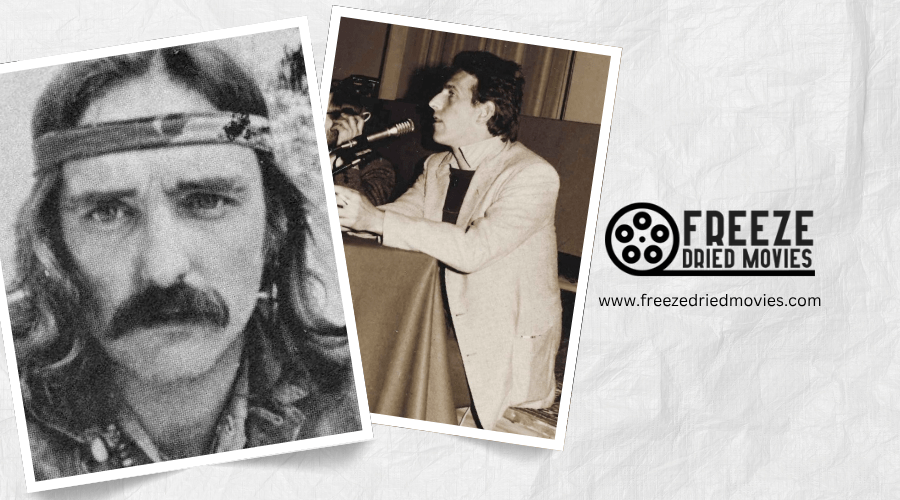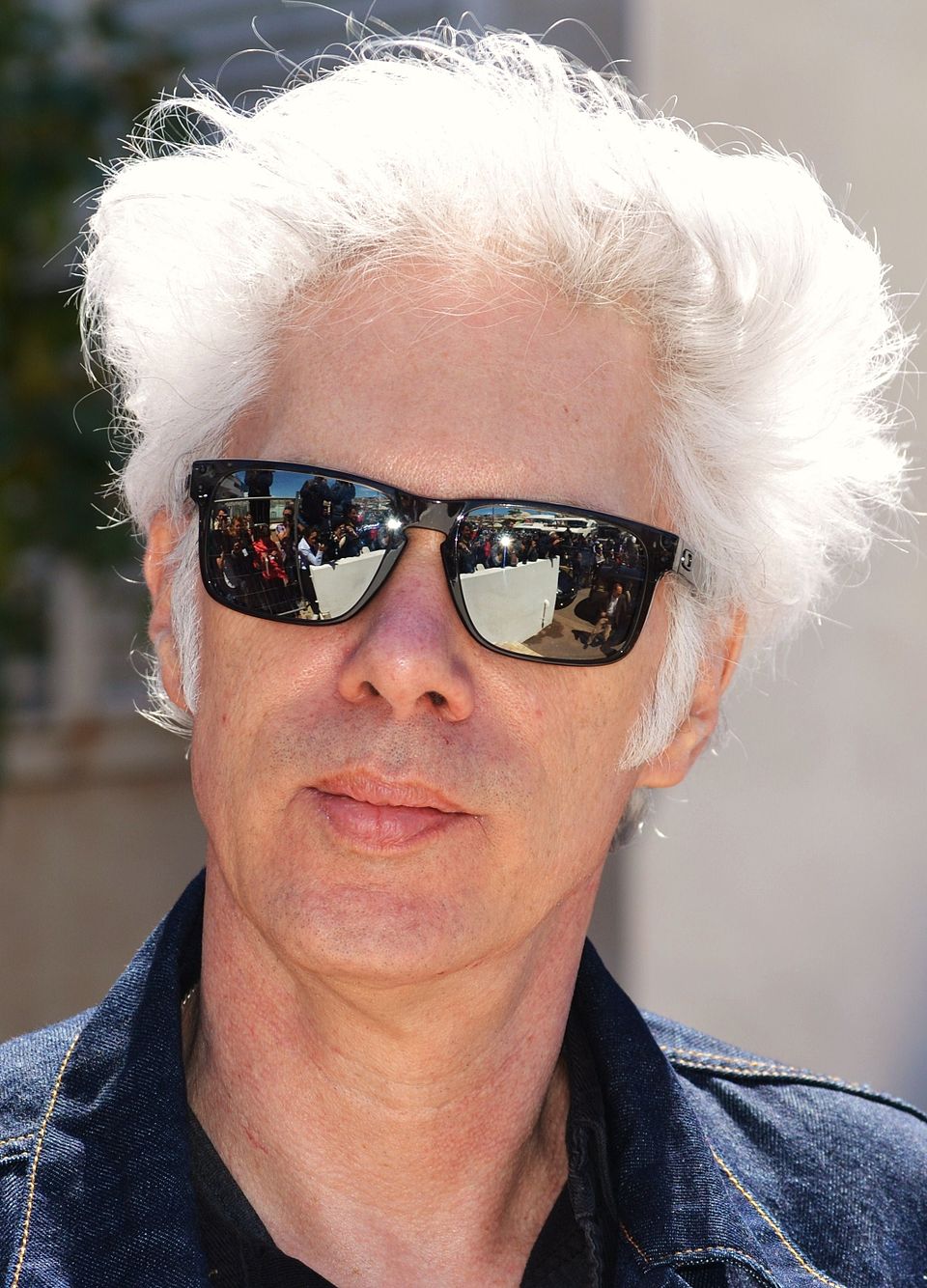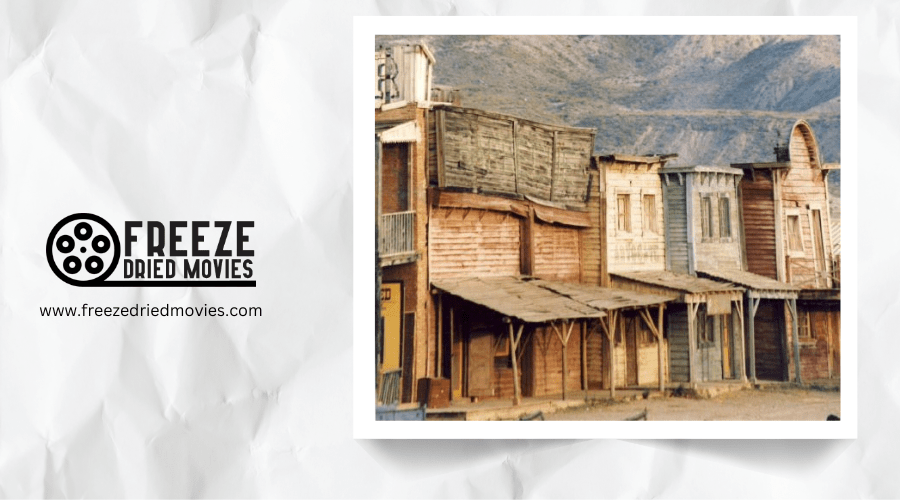Acid Westerns Vs Spaghetti Westerns: Exploring Genre Offshoots

As you explore the rugged terrain of Western subgenres, you'll notice two distinct trails that diverged from the mainstream path in the 1960s and 70s. Acid Westerns offer hallucinogenic journeys critiquing capitalism through abstract imagery, while Spaghetti Westerns deliver gritty, morally complex narratives with dynamic visuals and unforgettable scores. Both challenge traditional Western mythology, but through dramatically different approaches. What drives these creative departures, and which filmmakers transformed our understanding of the American frontier forever?
Origins and Cultural Context of Acid Westerns

While the traditional Western had already undergone significant transformation through Italian cinema's influence, the acid Western emerged as a distinct subgenre during the countercultural upheaval of the 1960s and 1970s.
The movement found its voice through counterculture filmmakers like Monte Hellman, Dennis Hopper, Jim McBride, and Rudy Wurlitzer. Hallmarks include hallucinogenic imagery, abstract visual techniques, and sharp critiques of capitalism and Western genre conventions.
You can trace the term's origins to influential critic Pauline Kael, who coined "acid western" in her review of Jodorowsky's surreal 1970 film "El Topo."
Many consider Hellman's "The Shooting" (1966) the first acid western, with its existential journey and ambiguous doubling effects. Years later, Jonathan Rosenbaum expanded the concept when describing Jarmusch's "Dead Man" (1995) as the "much-delayed fulfillment of the acid Western."
The breakdown of the Hays Code allowed these directors to explore sophisticated themes and challenge audience expectations through genre-bending techniques that traditional Hollywood wouldn't touch.
Defining Characteristics of Spaghetti Westerns
Unlike their Hollywood counterparts, Spaghetti Westerns emerged from European cinema in the 1960s with distinct stylistic and thematic signatures that forever altered the Western landscape. These films, often created by Italian directors with European financing and producers, embraced a grittier aesthetic than traditional American offerings.
These productions deliberately demythologized Western legends, critiquing traditional Western tropes through morally ambiguous characters. By blurring the lines between heroes and villains, Spaghetti Westerns challenged audiences to reconsider the simplistic morality tales that had dominated the genre previously.
You'll notice Spaghetti Westerns feature fluid, minimalist cinematography that aims for heightened realism while portraying violence more explicitly. Sergio Leone's influential work exemplifies this approach, focusing on tensions between Anglo and Hispanic cultures within the American Old West.
The popularity of these films coincided with what many consider Western films' last golden era, when stars like Clint Eastwood became international icons through their European-produced roles.
Visual Aesthetics and Cinematography Differences
The visual languages of Acid and Spaghetti Westerns create starkly different cinematic experiences despite their shared genre foundations.
When watching an Acid Western, you'll notice a hallucinogenic, dreamlike quality created through distorted camera angles and surreal imagery. The films employ muted, desaturated color palettes that evoke psychological unease, while disorienting camerawork—including rapid zooms and fragmented editing—puts you in an unstable mental space.
Their soundtracks feature dissonant, psychedelic compositions enhancing the avant-garde atmosphere.
Spaghetti Westerns, however, embrace a gritty, realist approach with dynamic yet deliberate cinematography. You'll experience vibrant, high-contrast color schemes that capture the harsh frontier landscapes. Rather than experimental techniques, these films use composed visual storytelling with iconic long shots and dramatic close-ups, accompanied by melodic, memorable scores.
This stark contrast in visual approaches highlights how dye transfer printing revolutionized cinematography techniques in ways that would later influence genre developments across the film industry.
Thematic Approaches to Violence and Morality

Two fundamentally different philosophical frameworks drive how Acid and Spaghetti Westerns approach violence and morality. While Spaghetti Westerns embrace grittiness and realism in their violent sequences, Acid Westerns deliver hallucinogenic, symbolic violence that reflects 1960s counterculture.
You'll notice Acid Westerns like "El Topo" and "Dead Man" use violence as metaphor, deconstructing traditional Western archetypes through abstract imagery. In contrast, films like "The Good, the Bad and the Ugly" present more straightforward action while maintaining moral ambiguity through antiheroic protagonists.
Both subgenres critique American society but through different lenses. Spaghetti Westerns examine morality through harsh landscapes and personal choices, while Acid Westerns often abandon clear moral frameworks entirely. This divergence influenced Revisionist Westerns like "The Wild Bunch," which bridged these approaches to violence and symbolism.
Key Filmmakers and Influential Works
While both subgenres revolutionized traditional Western narratives, they emerged from starkly different creative epicenters with distinctive visionary directors. Monte Hellman's "The Shooting" (1966) launched the acid Western movement, with Dennis Hopper, Jim McBride, and Rudy Wurlitzer later expanding the psychedelic-tinged subgenre's boundaries.
Meanwhile, Sergio Leone defined the Spaghetti Western aesthetic through masterpieces like "The Good, the Bad and the Ugly" and "Once Upon a Time in the West," bringing unprecedented realism and cultural tension to the screen. Other influential Spaghetti works include "Django" and "A Bullet for the General," both challenging Revisionist Western conventions.
As these movements flourished, the Soviet Bloc developed its own response—the Red Western—which reinterpreted frontier mythology through an Eastern European historical lens, further diversifying the genre's global evolution.
Musical Scores and Soundscapes

Perhaps nowhere are the distinctions between acid and Spaghetti Westerns more immediately recognizable than in their revolutionary approaches to sound design.
You'll find Spaghetti Westerns defined by Ennio Morricone's iconic, minimalist scores that amplify feelings of isolation, blending traditional Western elements with international influences.
In contrast, acid Westerns embrace a hallucinogenic, otherworldly soundscape. Neil Young's improvised electric dirge in Jim Jarmusch's "Dead Man" exemplifies this approach, completely abandoning conventional Western music. Similarly, Clint Eastwood's "High Plains Drifter" features unsettling, sci-fi-influenced audio that deliberately subverts traditional tropes.
What makes acid Westerns particularly distinctive is their commitment to experimental compositional techniques and unorthodox instrumentation, creating a psychedelic atmosphere that transports viewers beyond the typical frontier experience into something far more disorienting and surreal.
Legacy and Impact on Contemporary Cinema
The sonic innovations of acid and Spaghetti Westerns reverberate beyond their original era, shaping the very foundation of contemporary cinema. You'll find the acid Western's counterculture spirit and hallucinogenic visual style in Jim Jarmusch's and Alex Cox's work, while Spaghetti Westerns' moral ambiguity and stylized violence continue influencing filmmakers worldwide.
The revisionist Western's critical examination of American mythology lives on in neo-Westerns like "No Country for Old Men" and "Hell or High Water," challenging traditional narratives with complex thematic concerns.
Meanwhile, the genre's international adaptations—from Soviet "Red Westerns" to Australian "Meat Pie Westerns"—have diversified global cinema, inspiring genre-blending approaches that transcend conventional Western tropes while maintaining their gritty realism and existential questioning.



